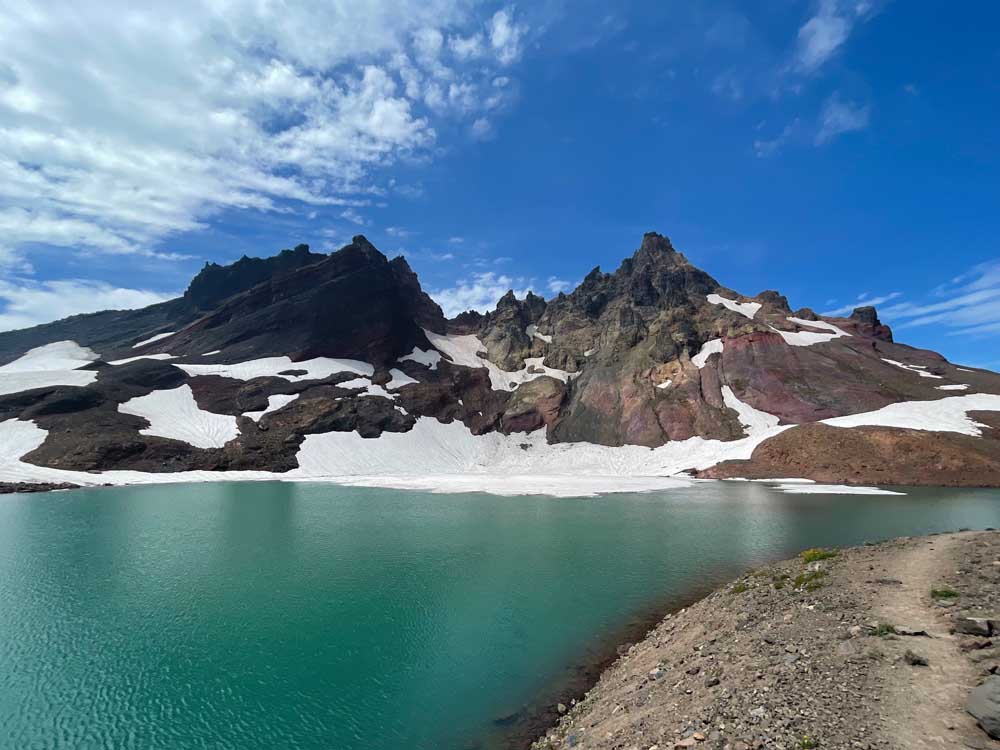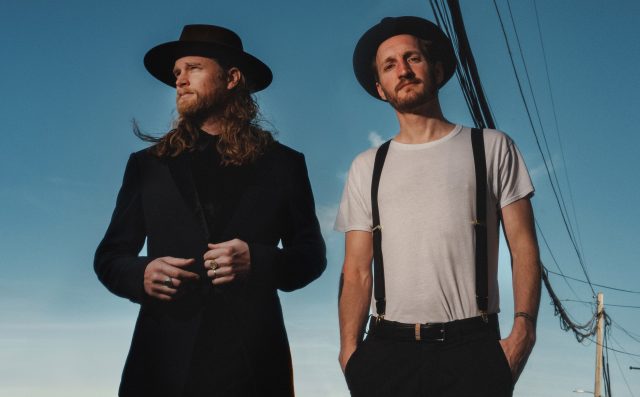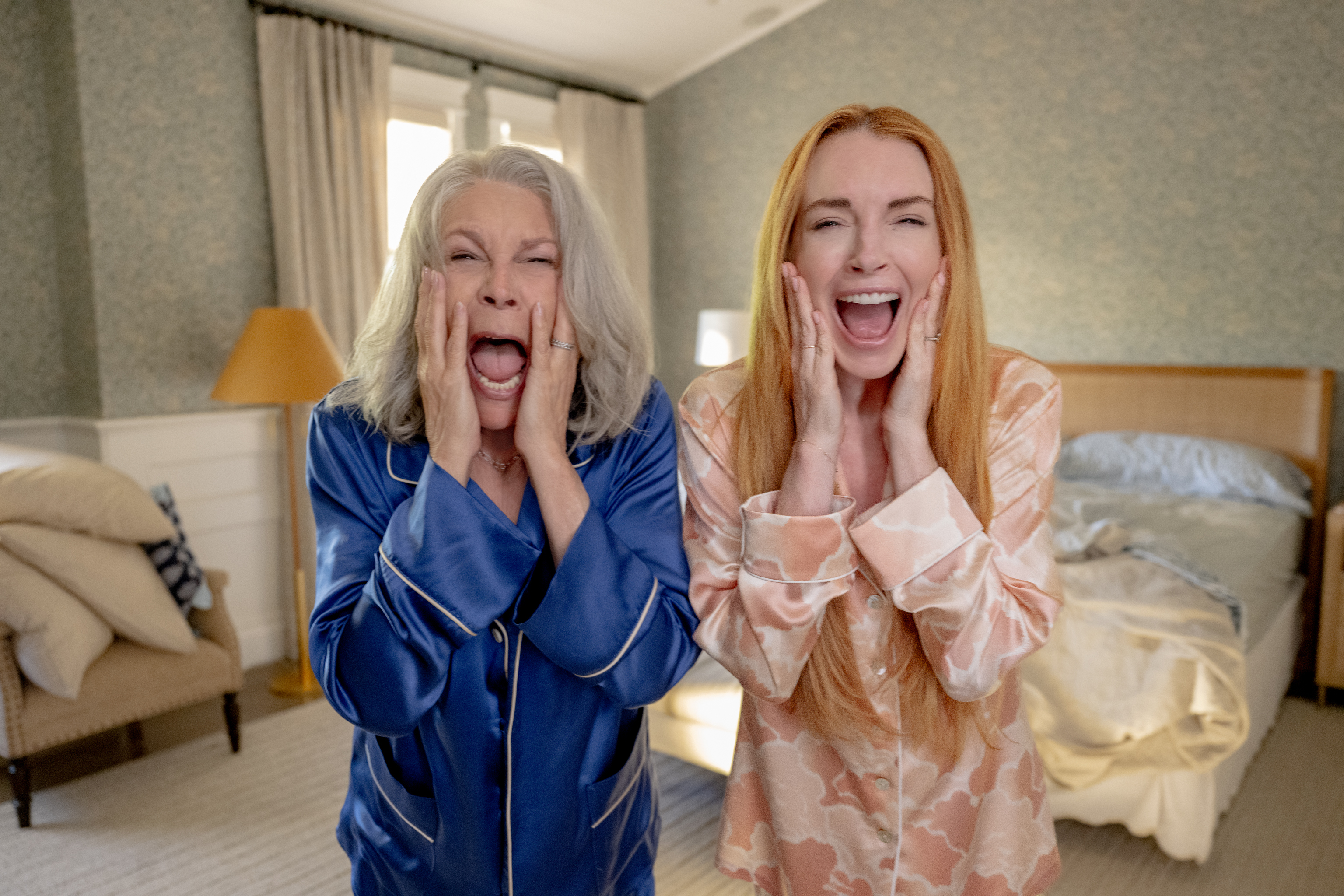More than just a class
Published 4:00 am Thursday, February 2, 2006

- Instructor James Beck, right, shows a hunter presentation class a black powder flintlock rifle during a presentation class at Hugh Hartman Middle School in Redmond on Tuesday.
Hunters are constantly learning new things in the field or from other hunters.
But a foundation for their hunting knowledge usually comes from a class they took when they were 17 or younger.
Trending
Hunter education courses are now under way throughout Central Oregon, and they will continue to be offered through August.
While the classes are required for hunters age 17 and younger in Oregon, sometimes youngsters are not the only ones who benefit from them.
”Our instructors have said that no matter how long they’ve been hunting or teaching, they always learn something new when teaching the class,” said Nancy Smogor, the Oregon Department of Fish and Wildlife education coordinator for the High Desert Region.
Smogor added that parents of children who are taking the course can also benefit from attending some classes.
”Some adults probably weren’t required to take the class when they were a kid,” Smogor said. ”It’s a good way to set a good example for your child.”
Hunter education classes are currently being offered in Bend and Redmond (see information box), and will soon be available in Prineville, Madras, Sunriver and La Pine. The cost is $10 per student. Smogor urged those interested to check the ODFW Web site (www.dfw.state.or.us) for class locations and times, or call 388-6363.
Trending
She also said that parents should not wait until the last minute to register their child for a course, because some classes fill up early.
”We get a lot of calls once hunting season comes around,” Smogor said, ”where the child got a tag but didn’t take a hunter education course. If you’re looking at hunting, think about it early.”
The courses provide a foundation for new hunters, covering safety, ethics, conservation and survival skills. All courses include a final field day, during which students get a chance to shoot firearms or a bow, and work with maps, compasses and binoculars.
”They get to try a lot of different equipment,” Smogor said.
To successfully complete the hunter education course, students must attend a minimum of 12 hours of classroom time, attend the field day activities, and pass a written test at the end of the course.
All instructors are certified by the ODFW.
Students who pass the course will be issued a hunter education card that is recognized in all 50 states, Canada and in several foreign countries that have hunter education requirements.
”Giving the opportunity for instructors to observe students in a field day situation, and seeing the students’ attitude and how they handle firearms, that all goes into whether they pass,” Smogor explained. ”There have been students that have been asked to take the class over. It’s a lot of responsibility to be out in the field handling a firearm.”
More recent statistics were unavailable, but from 1996 through 2002, 59 hunting-related injuries involving firearms were reported in Oregon, according to the ODFW’s Web site. Thirteen of those were fatal.
While the hunter education card students receive is recognized in all 50 states, Smogor cautions that some states require younger bowhunters to pass a separate bowhunting course.
”Bowhunter education is separate in a lot of states,” Smogor said. ”(General) hunter education is focused more on rifles. We don’t want people to get caught flat-footed when they put in for a tag in another state and find out they need a bowhunter certificate.”
But hunter education is more than just a card or a certificate. Smogor said it helps teach youngsters how to understand the reasons for the various hunting season, and helps them become stewards of the land. For adults, it can remind them why they love to hunt.
”These are skills you’re going to build on and skills you’ll share with other people,” Smogor said. ”You’re always building. You’re always learning more from people you hunt with or from a parent. We want to make sure we get kids started on the right foot so that carries through as adults.”








